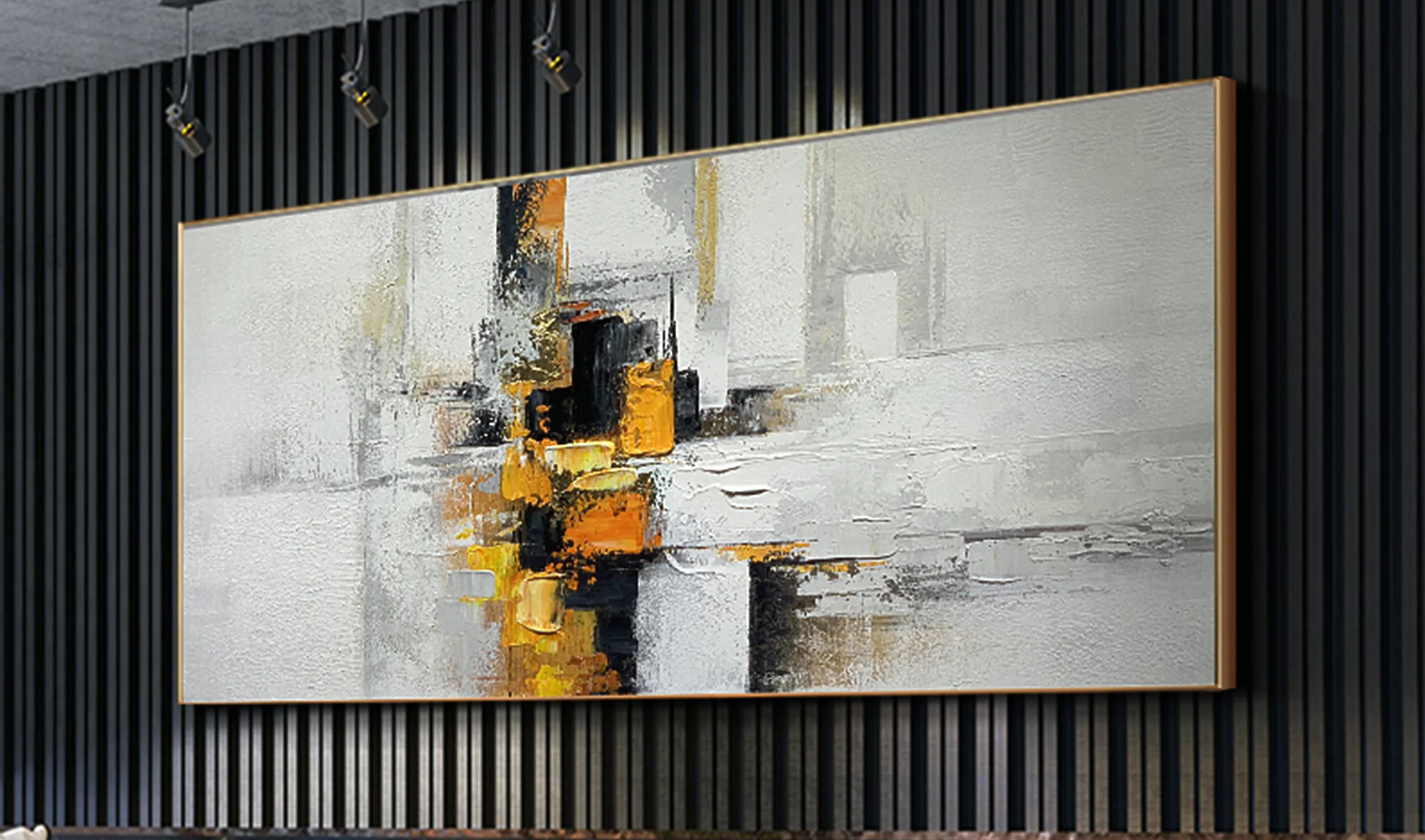
Uncovering the Unseen: Abstract Art Gallery Reveals Unique Styles to Transform Your Home
Abstract art has a way of grabbing attention. Its vibrant expression and open-ended interpretations invite viewers to explore a new world. Now, this art form does more than inspire artists. It serves as a key element in home decor. This blog post will explore the diverse movements in abstract art, their influence on modern decor, and practical tips on integrating these beautiful pieces into your living spaces.
The Essence of Abstract Art Movements
Abstract art is rich with various movements, each providing distinct styles and philosophies. Let’s delve into a few pivotal movements and see how they can transform your home.
Expressionism: The Emotion Behind the Art
Originating in the early 20th century, Expressionism aims to express emotional experiences rather than just physical reality. Paintings from this movement often showcase bold colors, vigorous brush strokes, and exaggerated forms, creating dynamic focal points in any room.
For instance, an Expressionist painting featuring vibrant reds and deep blues can infuse warmth and energy into a modern home. Placing it above a fireplace can attract attention and spark conversation, amplifying the cozy atmosphere of your living room.
Geometric Abstraction: Orderly Chaos
Geometric abstraction emerged when artists began to simplify their art into basic geometric forms. Characterized by sharp lines and clear structures, this movement contrasts nicely with the chaos of daily life.
To incorporate geometric abstracts, pair them with minimalist furniture. For example, a large geometric canvas with black and white elements can enhance a living space filled with soft, rounded furniture, providing balance and modernity to your decor.
Color Field Painting: Embracing Simplicity
The Color Field Painting movement focuses on vast areas of color that evoke emotions in viewers. Artists like Mark Rothko and Barnett Newman championed this style, allowing color to take center stage.
A large Color Field painting in a spacious living room can create a serene backdrop. Imagine a deep green canvas that invites tranquility, making it perfect for a relaxing environment where you can unwind after a long day.
Mixing and Matching Abstract Art with Existing Decor
Now that we've explored various abstract art movements, let's discuss how to combine these pieces with your current furniture and decor.
Create Contrast
An effective method for integrating abstract art is to create contrast. A vibrant, multi-colored painting can stand out beautifully against a neutral wall decorated with minimalist furniture.
For example, if your artwork contains bold reds, yellows, and blues, consider adding a simple beige couch. This combination allows the bright colors to shine while maintaining a calming atmosphere in the room.
Use Scale to Your Advantage
Scale is crucial in designing your space. Large abstract pieces can dominate wall space, while smaller works can be grouped for a gallery-like effect.
If your room has lofty ceilings and a vast wall, consider a large canvas. This can draw the eye and create a striking focal point. On the other hand, a cozy corner may benefit from a collection of smaller pieces arranged neatly to instill a sense of artful charm.
Consider Theme and Style
Consider the overall theme of your home when selecting abstract art. For homes with a rustic decor style, art featuring earthy colors can enhance the existing theme without looking out of place.
In mid-century modern spaces, opt for abstract pieces with simple geometric shapes and muted colors. This thoughtful selection fosters a cohesive look that ties your decorating style together.
Featured Abstract Artists and Their Signature Styles
Let’s shine a light on some notable abstract artists whose work can elevate your home decor.
Wassily Kandinsky: The Pioneer
Regarded as a pioneer of abstract art, Kandinsky employed colors and shapes to evoke emotions. His works radiate energy and creativity, making them ideal for dynamic spaces like art studios or bedrooms.
For instance, a Kandinsky piece featuring bright yellows and deep blues can inspire creativity and uplift your mood in spaces designed for work or relaxation.
Piet Mondrian: The Master of Geometry
Mondrian is celebrated for his neat grid patterns and use of primary colors. His art embodies simplicity and order, perfect for minimalistic decor enthusiasts.
Consider placing a Mondrian piece in a home office or dining area. Its structured lines can evoke a sense of discipline while still offering a classic aesthetic that enhances your space.
Mark Rothko: The Color Maestro
Rothko's Color Field paintings create expansive, emotionally charged environments. His exploration of color can envelop a room in warmth and calmness.
Large Rothko canvases work beautifully in spacious dining or living rooms. They set a peaceful tone, encouraging relaxation and providing a backdrop for meaningful conversations.
Bringing Your Vision to Life
Abstract art provides many opportunities to enhance your home’s aesthetics. With styles ranging from expressive to geometric, you can find pieces that resonate with your personal taste and complement various decor themes.
As you curate your own collection of abstract art, remember to mix and match with intention, focus on contrasting elements, and align with your home’s overall theme. By integrating works from transformative figures like Kandinsky, Mondrian, and Rothko, you can create stunning living spaces that are not just visually appealing, but also loaded with personality and emotion.
Embrace the artistry that abstract pieces can bring to your home. By displaying these works thoughtfully, you can invite vibrancy and depth into your life, transforming your environment into a canvas of self-expression.

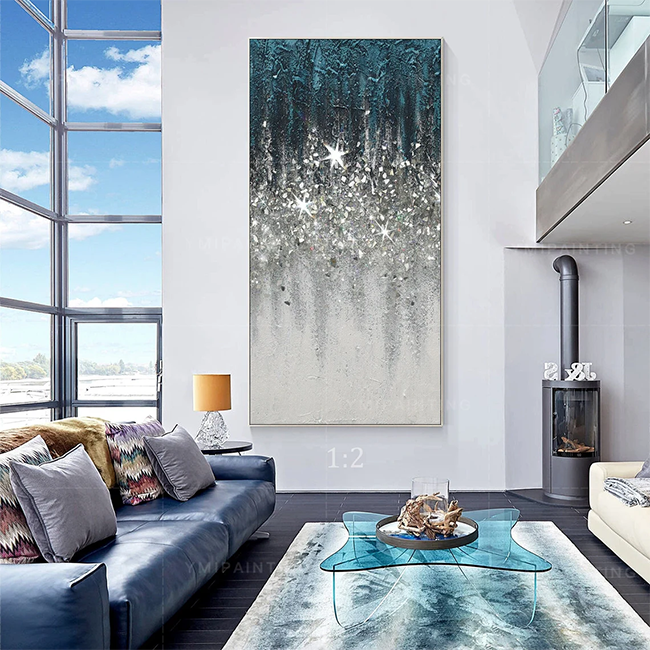
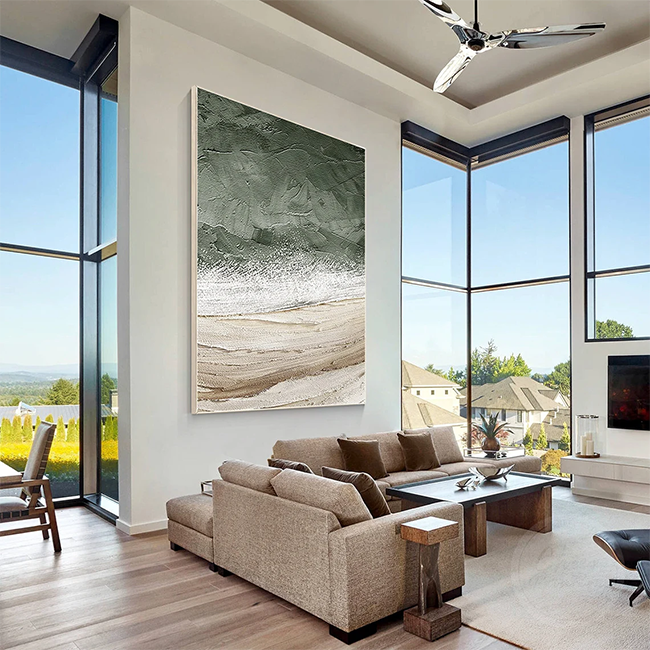




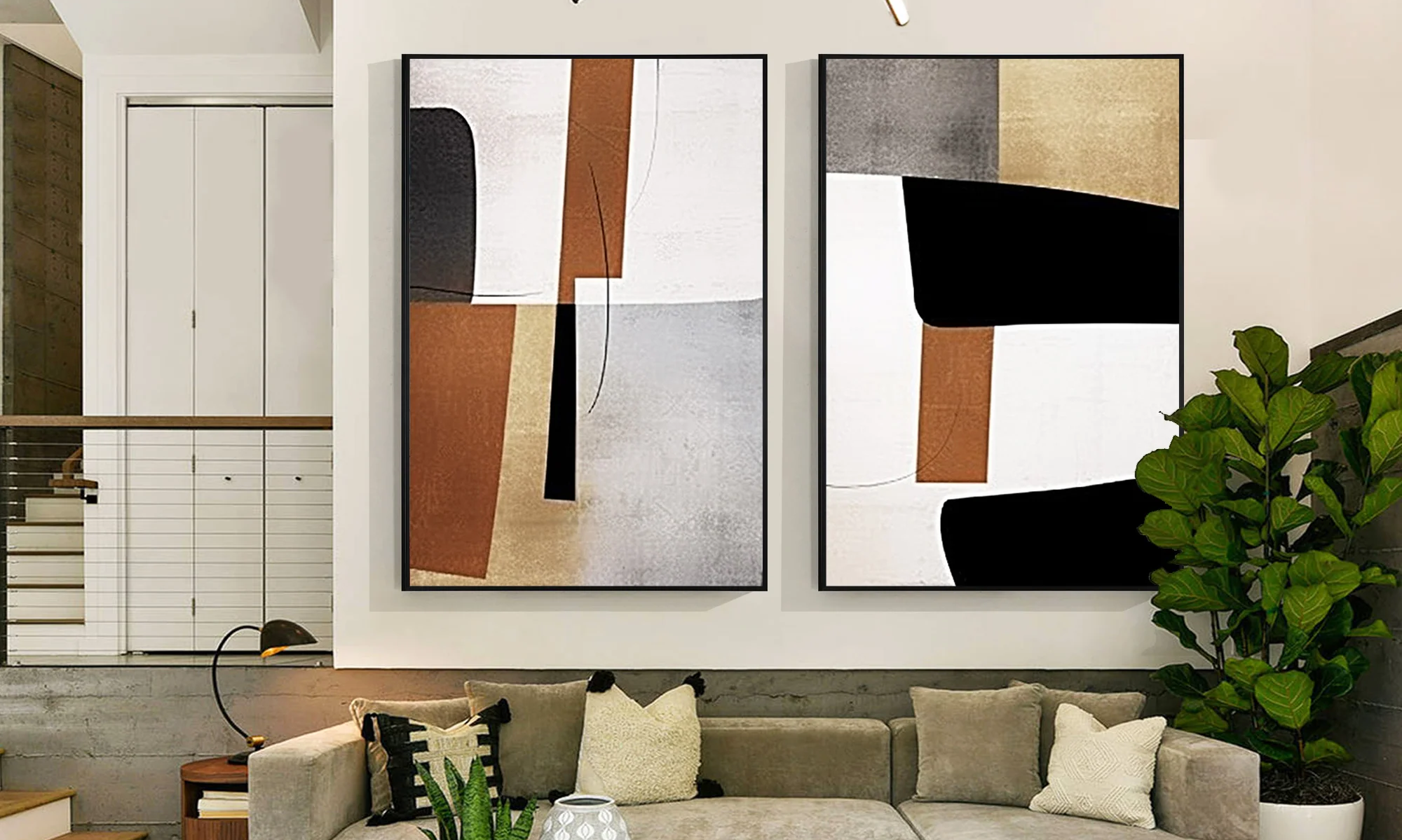
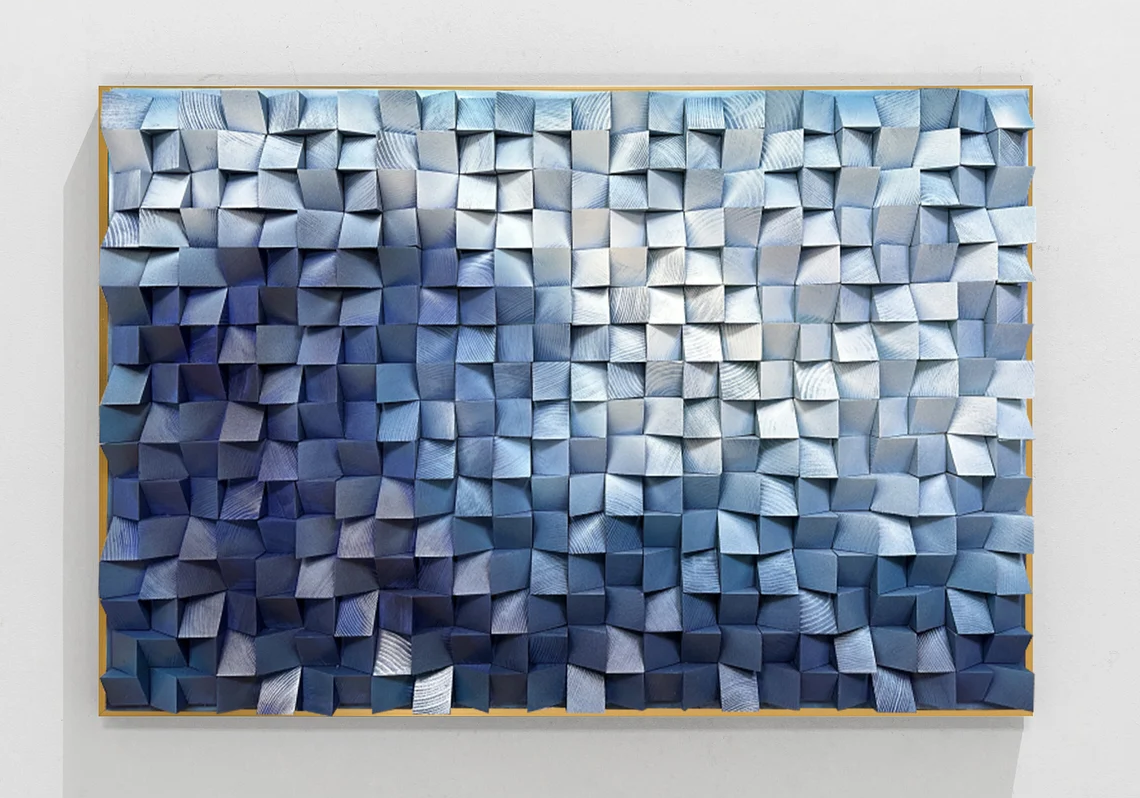



















Leave a comment
This site is protected by hCaptcha and the hCaptcha Privacy Policy and Terms of Service apply.